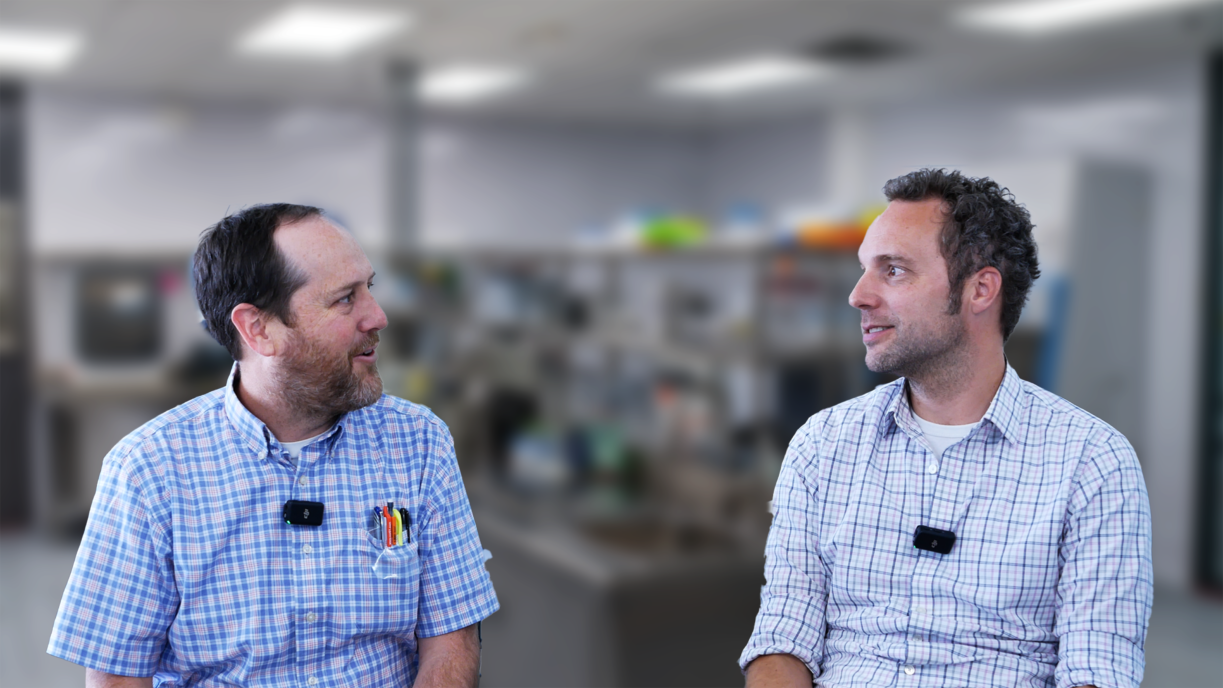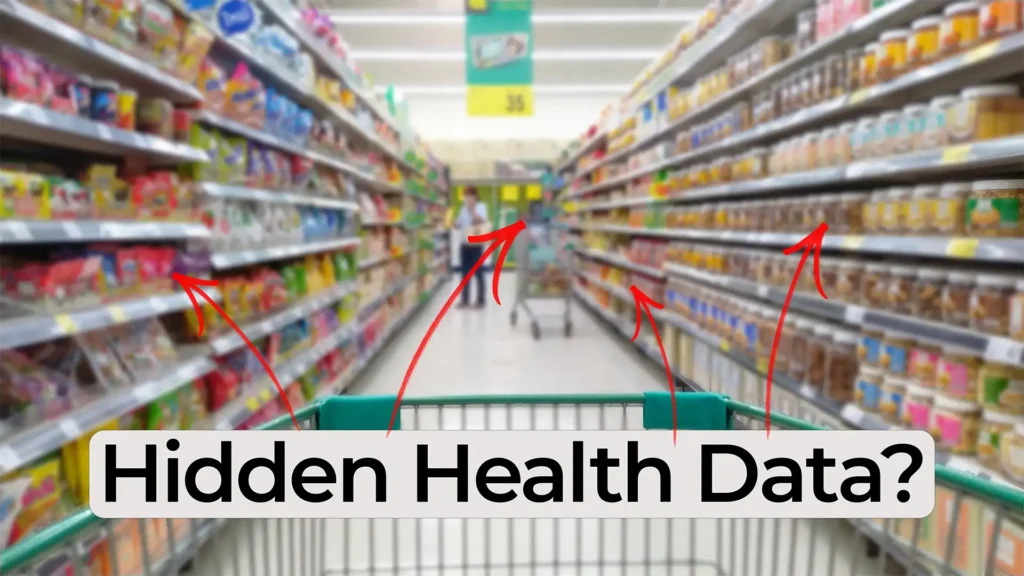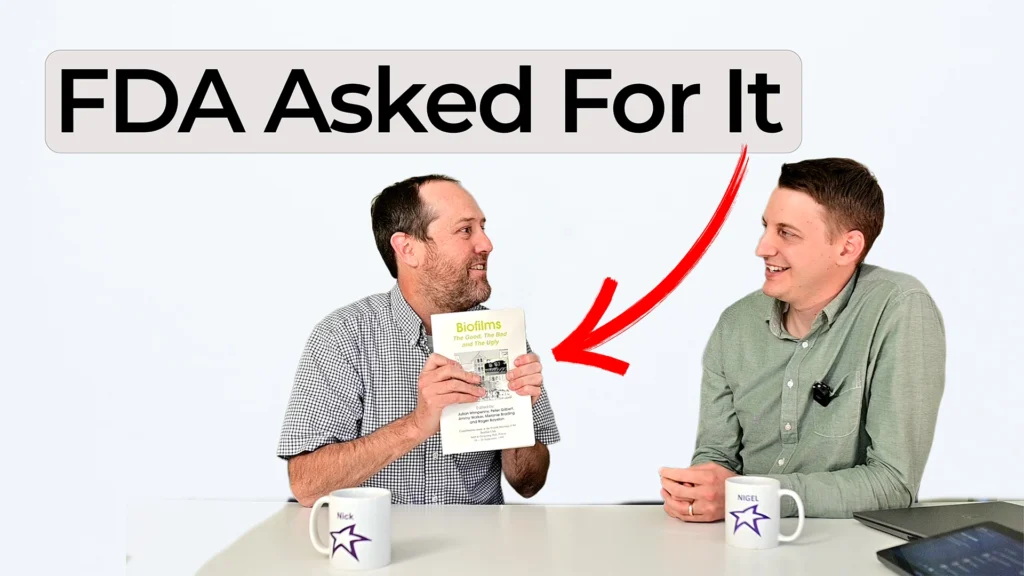
Bio Break: Exploring Alternative Bodily Fluids for Diagnostics
In this episode of Bio Break, Joris van der Heijden and Nick Allan tackle an intriguing question: can alternative bodily fluids like sweat, saliva, or urine offer viable alternatives to blood sampling for medical diagnostics? While blood remains the gold standard for clinical testing, advancements in non-invasive sampling methods are opening new possibilities, particularly in wearable devices and at-home diagnostics.
Joris explains why alternative fluids are gaining traction, highlighting the benefits of non-invasive methods that eliminate the need for needles. Fluids such as sweat and urine are easier to collect and less intimidating for patients, but the challenge lies in correlating their values accurately to blood metrics. Even with high correlation rates on a population level, variability between individuals can lead to diagnostic errors when relying solely on alternative fluids.
The discussion delves into the importance of calibration and baseline tracking. For instance, by establishing a patient’s unique baseline values beforehand, clinicians can monitor deviations over time to detect changes in health status. This approach eliminates inter-patient variability and makes alternative sampling a more reliable tool for continuous health monitoring.
Key takeaways from the episode include:
- Advantages of Alternative Fluids: Sweat, saliva, and urine offer non-invasive, convenient sampling methods, especially for wearable and home-use devices.
- Challenges in Correlation: Despite strong correlations with blood values, alternative fluids require careful calibration to ensure diagnostic accuracy.
- Patient-Centric Monitoring: Continuous tracking over time allows for more personalized and reliable diagnostics, minimizing errors linked to population-level variability.
This episode underscores the exciting potential of alternative bodily fluids in the future of healthcare, particularly as wearable devices become more sophisticated. Whether you’re interested in diagnostics, medical device development, or simply the science behind innovation, this conversation provides a thought-provoking look at how non-invasive methods are reshaping patient care.
Exploring Alternative Bodily Fluids for Diagnostics
Related Resources

Nick walks through a practical Teflon tape lesson that came from real work supporting a mechanical test rig.

Consumer health prediction shapes more of daily life than most people realize. In this episode of Bio Break, Nick and Nigel explore how retail data can reveal health information without a person ever speaking to a clinician.

When reviewing evidence for a medical device, a single citation can shape an entire submission. In this Bio Break episode, Nick shares a biofilm referencing lesson that has stayed with him since the early 2000s.

Nick Allan and Nigel Syrotuck explain how a fluorescent protein assay helps engineers measure contamination and cleaning performance in medical devices.
